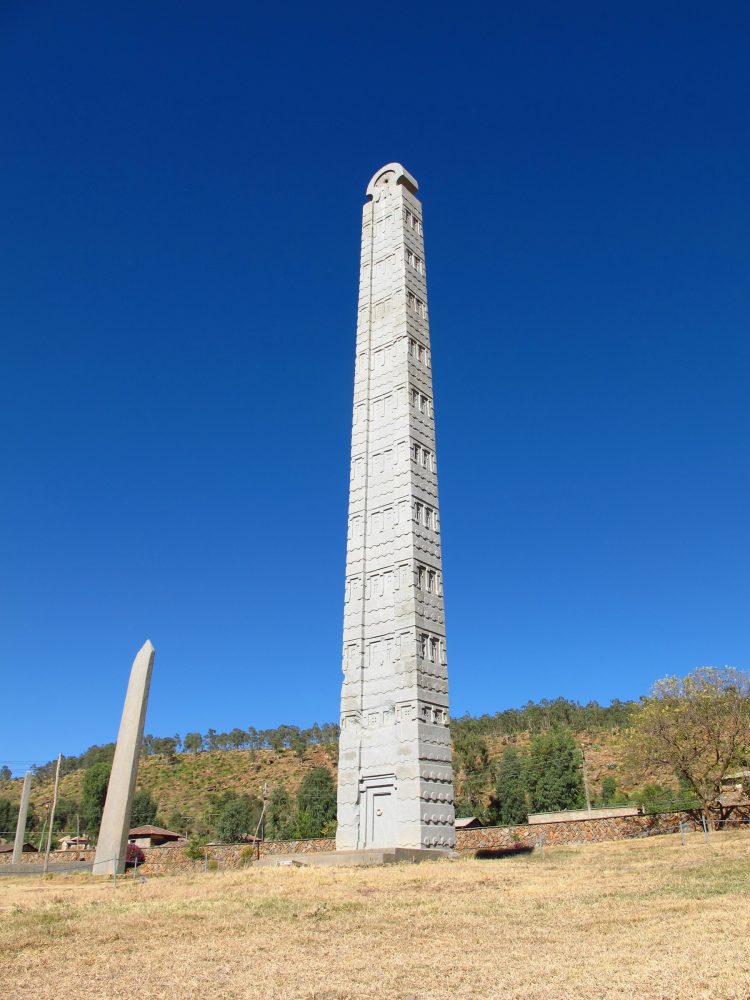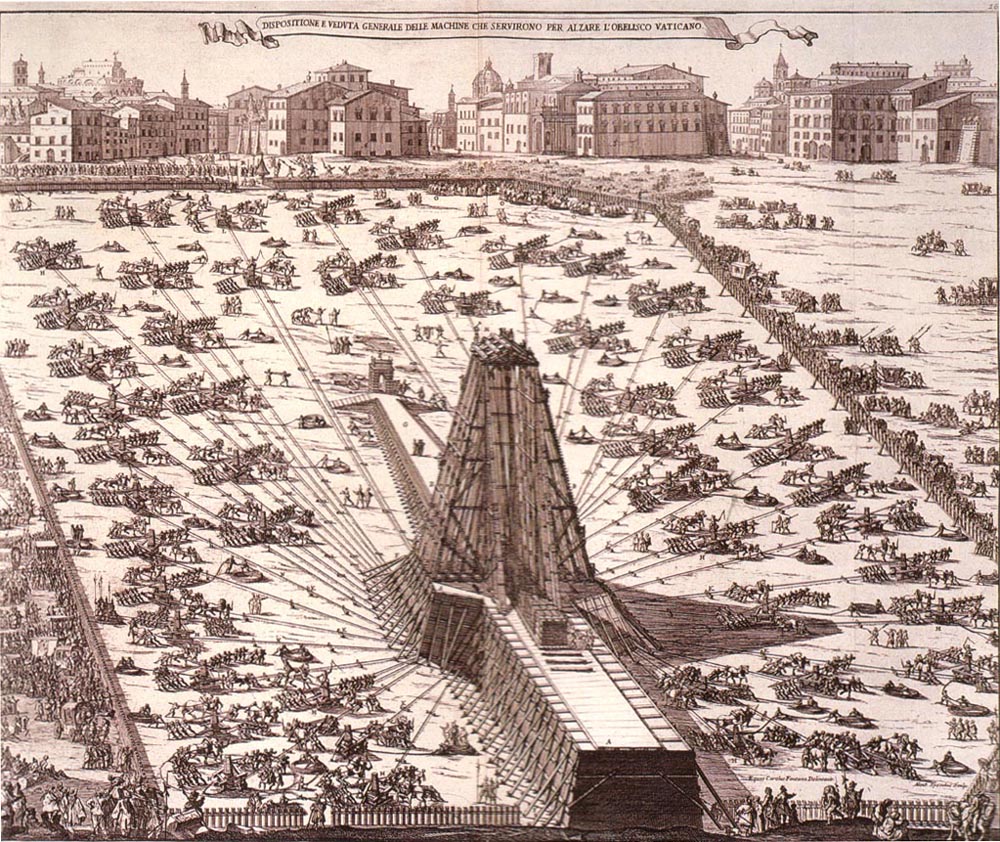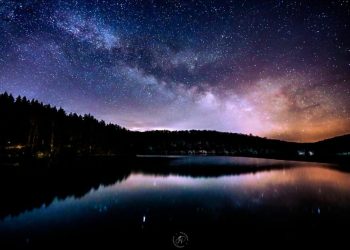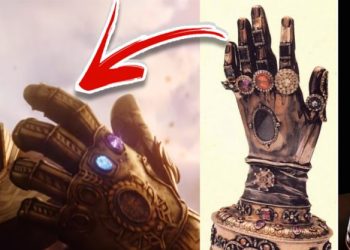We’ve probably seen obelisks at least once in our lifetime. These ancient structures have survived for thousands of years and even the evolution of society, yet managed to retain their importance and significance. There are obelisks scattered across the globe, the most famous of which are without a doubt those in Egypt.
But even in the United States, we find obelisks, the most famous of which is the Washington Monument built to commemorate George Washington.
An obelisk is essentially a tall four-sided monument with a pyramidion on top. It’s long, and it is pointy, and its name originates from the ancient Greek word obeliskos which essentially translates to pointed pillar.
The Obelisks that were crafted in ancient times were monolithic, which means they consisted of one single piece of rock. More modern obelisks, like the one in Washington, is made up of serval parts.
Egyptian Obelisks
The Egyptian obelisks are perhaps the most famous. They played a crucial role in religion and architecture in ancient Egypt, and many obelisks marked the entrances of temples where they were placed in pairs. Many ancient Egyptian obelisks were taken from Egypt and placed in various countries across the world. One example is the obelisk of Tuthmosis III, which is located in present-day Istanbul, Turkey. Although there are many Obelisks in ancient Egypt, the most impressive for me is the unfinished obelisk in Aswan.
Here are five things you should know about it.
- This obelisk is the largest known and was carved in the stone quarries of Egypt in Aswan: it’s around 30 percent larger than any other ancient Egyptian Obelisk ever created.
- The obelisk was never finished. It was carved directly from the bedrock, but sometime during the process, a crack appeared on the granite and the project was abandoned.
- The unfinished obelisk was commissioned by Hatchepsut, the queen and fifth pharaoh of the Eighteenth Dynasty of Egypt.
- It is one of the largest obelisks in the world. Had it been completed, it would have measured 42 meters in height and weigh nearly 1,090 tons which equates to more than 200 Elephants.
- Since it was never finished, the obelisk offers unprecedented insight into ancient Egyptian stone-working techniques.
Axumite Obelisk

Present-day Ethiopia is home to a fascinating display of early obelisk designs. During the reign of the Axumite Kingdom, various obelisks were commissioned and placed across the empire. The Obelisks of Axum is perhaps one of the most famous in the world.
Here are five things you should know about it:
- The obelisk is a unique display of ancient monoliths, and although somewhat similar to the Egyptian counterparts, it offers various noticeable differences. It has two false doors at its base and was carved with decorations of what looks like windows on its sides.
- It was carved during the 4th century CE and stands at 24 meters in height. It has an estimated weight of 160 tons, which makes it one of the heavier ancient obelisks, although nowhere comparable to the unfinished obelisk at Aswan.
- Unlike the Egyptian—and many other—obelisks, the Axumite obelisk is topped by a semi-circular section which was once enclosed by frames made of shiny metals.
- The function of the Obelisk is to serve as a marker for subterranean burial chambers.
- Although it is commonly referred to as an Obelisk, its proper designation is a stele. Many other similar, albeit smaller, stelae exist in Ethiopia dating back from the Axumite Kingdom.
Obelisks of Rome
Although not as ancient as their counterparts in Egypt, there are many obelisks in Roma. In fact, the city of Rome is home to the most obelisks in the world. Many of these were moved to Rome in antiquity. Rome is home to eight ancient Egyptian obelisks, as well as five obelisks carved during the ancient Roman Era.
Rome is also home to the largest standing ancient Egyptian obelisk in the world with an estimated total weight of around 455 tons when it was completed. Since it was restored, its total weight is estimated at between 320 and 330 tons. It was taken from the Temple of Amun in Karnak and brought to Rome in 357.

Since there are various obelisks in Rome, I can’t pick out one in particular so here are five facts about the Roman Obelisks.
- Ancient Rome took possession of various Egyptian artifacts and several obelisks. The largest obelisks were transported through the Nile river, across the Mediterranean, and then to Rome.
- The tallest Obelisk in Rome is also the largest standing Egyptian obelisk in the world weighing 455 tons. This obelisk was transported to Rome with the help of special obelisk-transporting ships, specifically built for the task.
- The first ancient Egyptian Obelisk transported to Rome was the Flaminian obelisk, which was taken from the ancient city of Heliopolis around 10 BC. It has an estimated weight of 263 tons and was also transported using Obelisk ships.
- Although there are various obelisks in Rome, many of which were taken from elsewhere, only two texts exist that refer to Obelisk Ships transporting the massive stones from Egypt across the Mediterranean. The first reference comes from Pliny the Elder who wrote how “great Ships” transported the Vatican Obelisk in 40 CE. Another description by Ammianus Marcellinus mentions how the Lateran Obelisk was taken from Egypt to Rome in 357 CE.
- In addition to the ancient Egyptian and Roman-era Obelisks, the city of Rome is home to five modern Obelisks dating back to the 19th century.
Join the discussion and participate in awesome giveaways in our mobile Telegram group. Join Curiosmos on Telegram Today. t.me/Curiosmos











